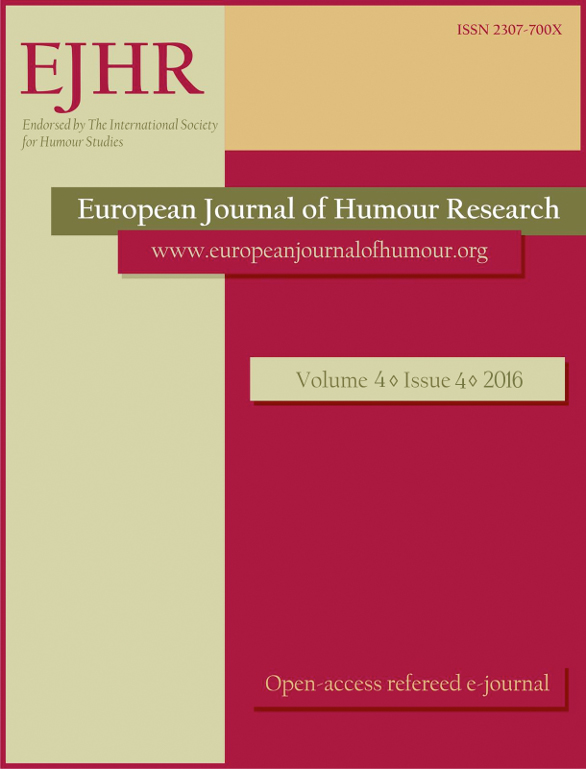Pussy Riot’s humour and the social media:
Pussy Riot’s humour and the social media:
Self-irony, subversion, and solidarity
Author(s): Berenice PahlSubject(s): Social Sciences, Language and Literature Studies, Media studies, Theoretical Linguistics, Applied Linguistics, Communication studies, Pragmatics, Sociolinguistics, Descriptive linguistics, Theory of Communication
Published by: Krakowskie Towarzystwo Popularyzowania Wiedzy o Komunikacji Językowej Tertium
Keywords: Pussy Riot; new media; feminism; YouTube; humour; self-irony; guerrilla communication; solidarity; rhizome;
Summary/Abstract: This paper seeks to demonstrate that both the media impact and political success of the Russian punk band Pussy Riot rest on their use of new media, on the one hand, and on an aesthetic principle of humour, on the other, or, more specifically, on a kind of humour that is both self-reflexive and subversive. Pussy Riot operate through a style of guerrilla communication that re-signifies signs and symbols for their own purpose in a self-ironical, comical manner. I will indicate the contradictions and ambiguities of various interpretive frameworks – which not only create humour but are particularly motivating factors in the (personal) decision to become politically active. The speed with which one can communicate within social networks made it possible that infectious laughter about the absurdity of the events in Moscow was able to spread so rapidly. Reassurance and the community’s solidarity were closely connected to the fun and joy of the individual internet user.
Journal: The European Journal of Humour Research
- Issue Year: 4/2016
- Issue No: 4
- Page Range: 67-104
- Page Count: 38
- Language: English

